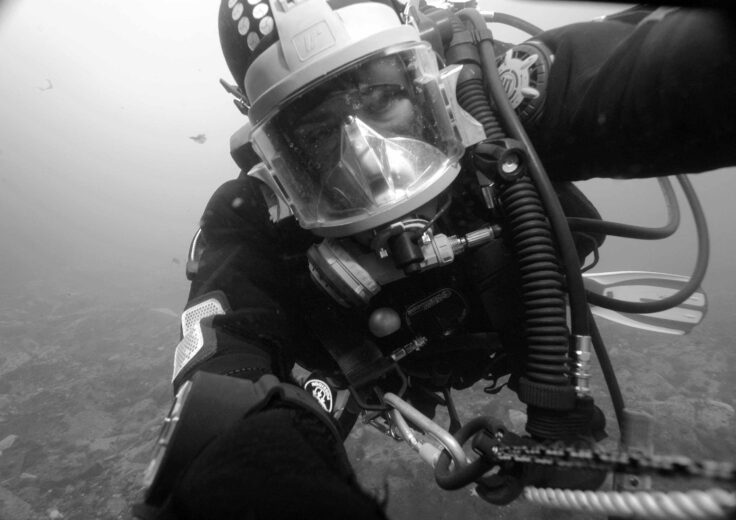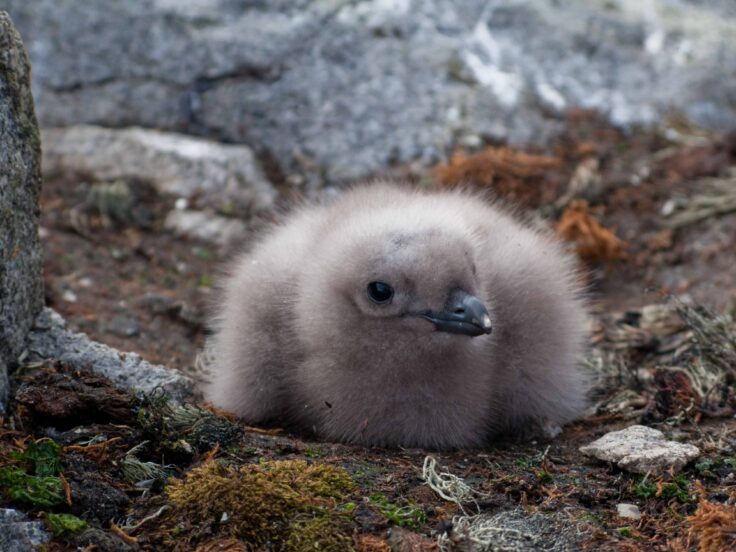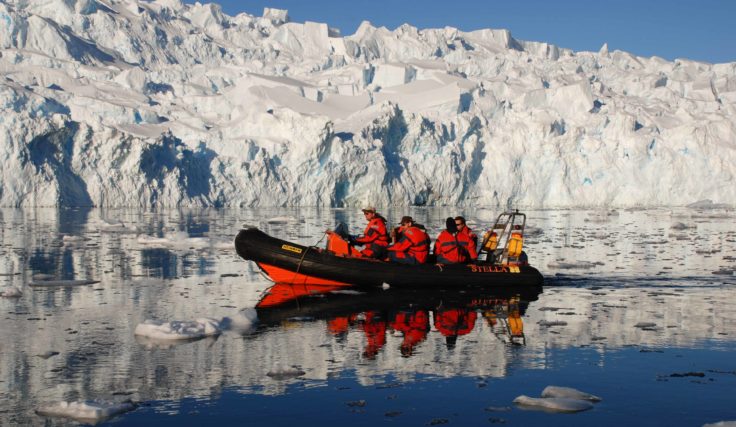8 February, 2016 Rothera
I am sat gazing with child-like wonder through my office window at the huge snow-flakes falling outside and, despite the fact that the snowstorm is obscuring my usual spectacular view of Ryder Bay, I can’t help but smile. When I first came to Antarctica with BAS in 2006 my biggest fear was that I would lose my love for snow, but I needn’t have worried, if anything it has fuelled my obsession and I can’t help but get excited by it.

I am lucky to have worked in several different roles for BAS and am currently manager of the Rothera Bonner laboratory facility. I find myself chasing the sun – spending the UK summers in Cambridge planning and preparing for the upcoming Antarctic summer season which I spend on station at Rothera supporting the marine and terrestrial scientists.
Here at Rothera I find that no two days are the same. I am primarily responsible for the smooth running of the laboratory facilities; ensuring the scientists have what they need and that everything from the laboratory pipettes to the all-important coffee machine (and everything in between) is working perfectly. There are no shops down here and the station has its main re-supply only once a year. This means it is really important that the visiting scientists pack everything they will need for their projects, including spare parts for machines and sampling equipment, and all this has to be done up to 5 months before they even arrive on station as the BAS ship the James Clark Ross leaves the UK in late September and reaches Rothera in late December. Inevitably things go wrong, equipment breaks or ideas change and it is then that the ingenuity of station members comes into its own, it’s a real ‘Blue-Peter’ moment when the perfect sampling device is crafted out of old or re-cycled items from around the station!
My job also involves directly supporting the scientist’s research, which means I am often allowed out of the office to assist with boating, scuba-diving, soil and plant collections or the weekly skua survey.

The South Polar skuas nest on Rothera Point during the summer and I undertake regular surveys to monitor their breeding success. This season I have been the envy of people on station as I was asked to accompany a film crew on a trip to one of our local islands. This meant living on board their small boat for 3 days and having day-trips ashore to enable the crew to film the resident wildlife. It was also an opportunity for me to do some wildlife counts and to collect plant (lichen, moss & algae) samples to enable BAS scientists to document the species in this previously under-studied area.


The science programs at Rothera are a mix of NERC-funded, external grants and BAS-core science. In 2013 the Dutch NWO (Netherlands Organisation for Scientific Research) opened the Dirk Gerritsz laboratory building at Rothera. The Dutch do not have an Antarctic station of their own but after several years of successful scientific collaborations with BAS they secured funding and the agreement to place their own containerised laboratories at Rothera Station.
This season we have 16 different science projects running out of the Bonner and Dirk Gerritsz laboratories with many studies focusing on how the ocean chemistry, biology and terrestrial life is responding to climate change. The labs are a hive of activity, with good weather days being in high demand for water sampling, scuba-diving and visits to the local islands for sample collections. Afterwards, long hours are spent in the labs and aquarium processing samples and number-crunching datasets. But it’s not all work and no play for the scientists and support staff here, after a hard day at work we like to get out and make the most of our surroundings through skiing, climbing or simply taking a relaxing walk to meet the wildlife around Rothera Point. In common with most people on station we feel incredibly privileged to be working here on this inspiring and beautiful continent.
